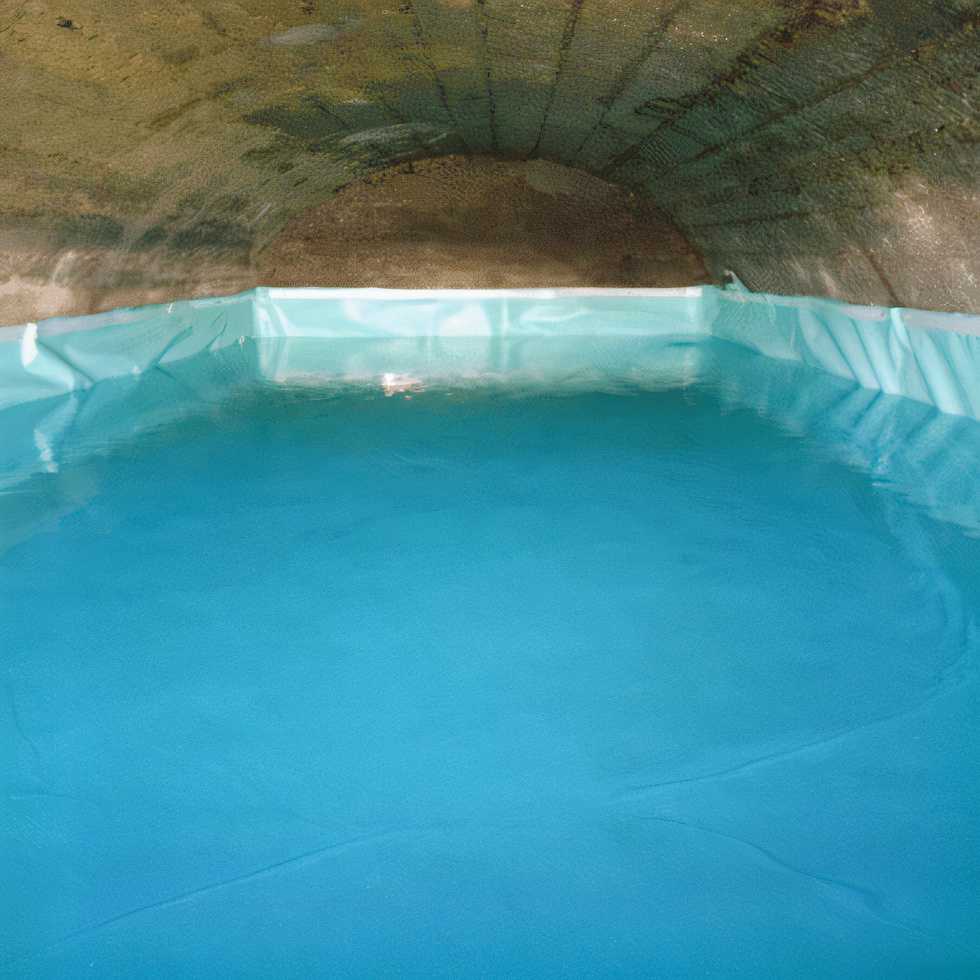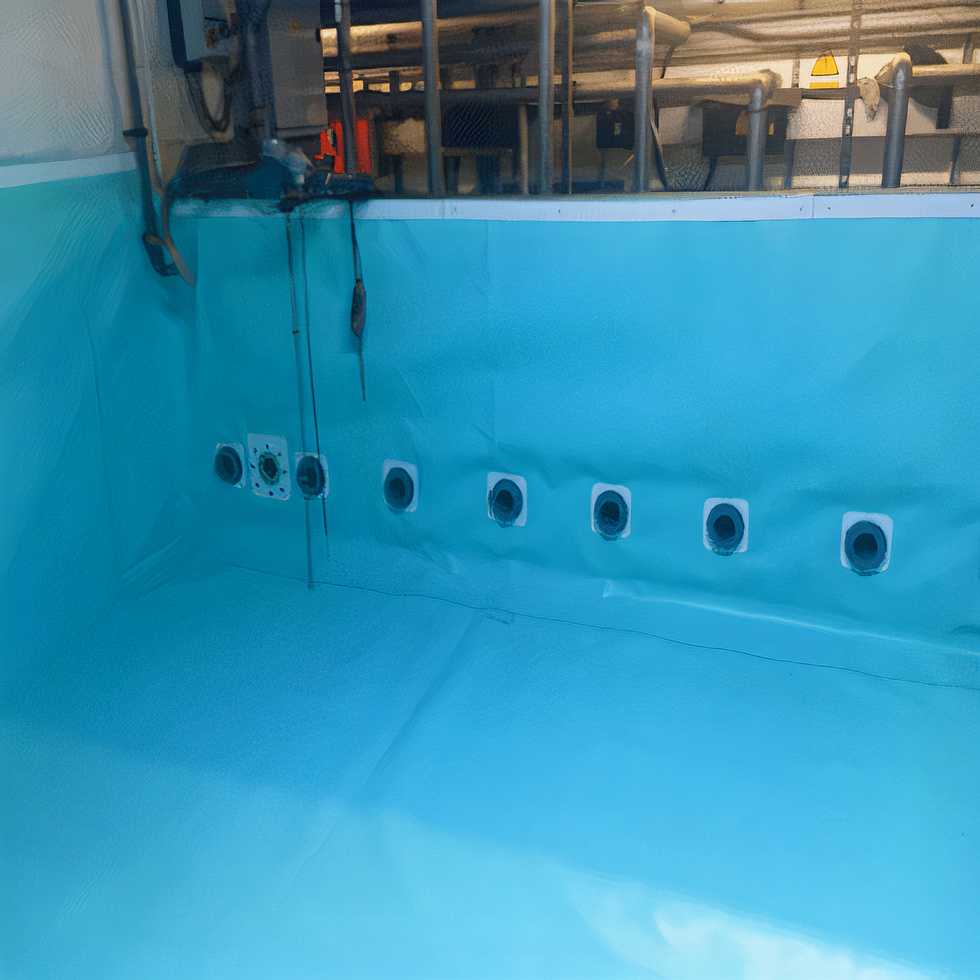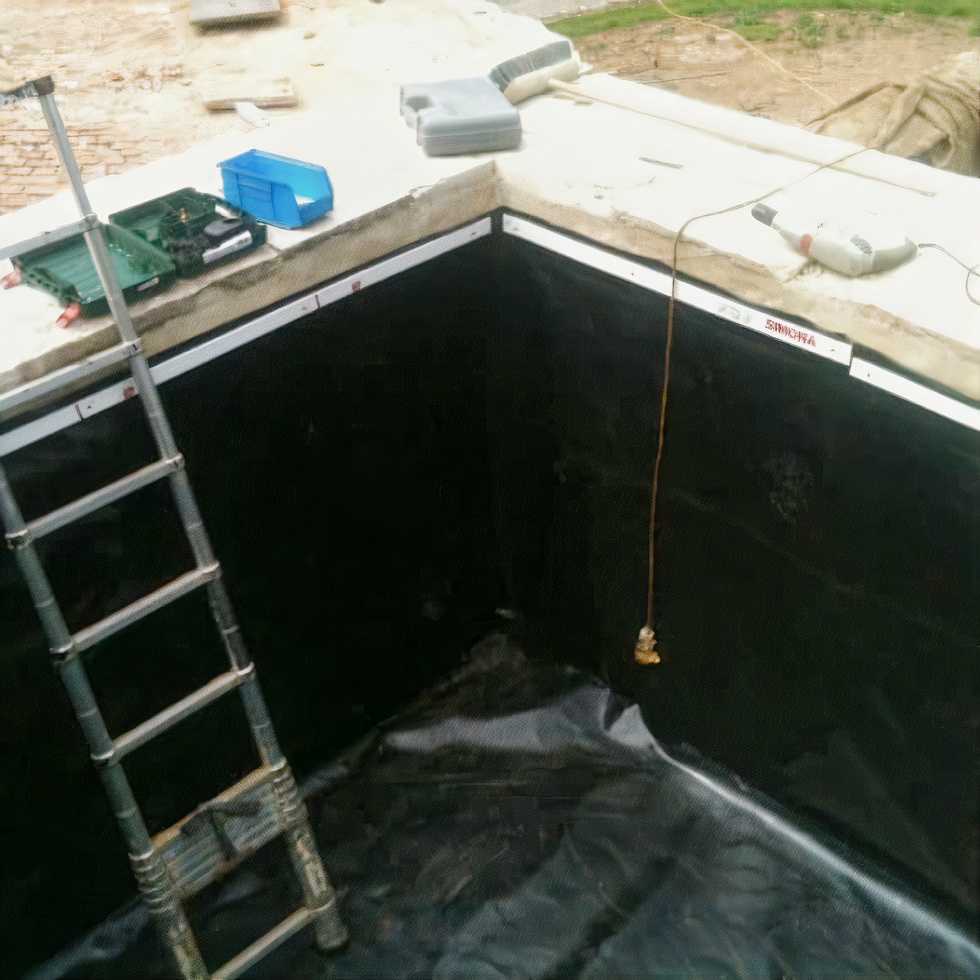Concrete Tank Linings
Concrete tank linings are a crucial aspect of owning a concrete tank and this application is one of the most popular that we offer. We have worked on a range of tanks across a number of settings including farms, commercial properties and remote properties too.
Concrete and brick water tanks will only last for a certain period of time and once this has passed, the concrete and mortar begins to break down and with this comes the issue of leakage.
However, we offer concrete tank linings as a way of ensuring your concrete tank can continue to be used, saving you money and time while helping to extend the life of your tank.
GALLERY




Effective durable Brick and Concrete Tank Linings
As the tanks break down, it can mean that contamination can occur in the water because minerals can find their way into the water and this then requires chlorination.
Through our concrete tank linings service, we can help to extend the lifespan of your concrete tanks and prevent the water from becoming contaminated.
This means that you won’t need to replace your tank which can come at a significant cost due to the labour involved in removing it and replacing it. So, our aim is to provide a cost-effective solution that you can rely on.


Brick Tank Linings designed to last
The fixings that we use are strong, durable and robust while we also use anchor fixing around the perimeter of the concrete tank lining.
All inlet and outlet pipework usually enters through the roof of the tank and so, we heat shrink the linking around all pipework where necessary.
We use a polypropylene tank lining that is durable and hard-wearing which means that it is resistant to perishing, which means that you can have confidence in our product and service.
We have a vast amount of experience in carrying out brick and concrete tank lining, as well as repair and refurbishment too, which means that you can rely on our service.
Furthermore, we also place a focus on working efficiently to ensure we minimise disruption which means that we can complete the job in around 4 hours.
We begin by draining the tank before carrying out a deep clean in order to prepare it for the installation of the polypropylene lining.
Things to Consider
We make sure that we carry out all necessary preparatory work as this will ensure that the new lining will adhere to the tank correctly.
When concrete cures, Laitance can accumulate on the surface where cement and fine aggregates rise to the surface, causing a weak layer.
If the lining is applied to this surface it will fail as adhesion has to be completed correctly. So, the layer can be removed mechanically, through abrasive blasting or high-pressure water jetting prior to applying the lining.
With the right preparation, it will also mean that mould release agents are removed too as these are used when concrete tanks are made.

Applications for Concrete Tank Linings
Concrete tank linings follow a process that can be used in a range of applications and this includes:
